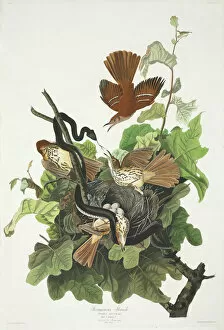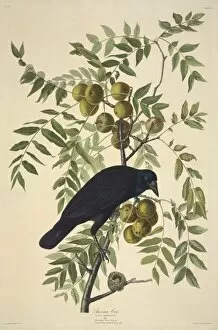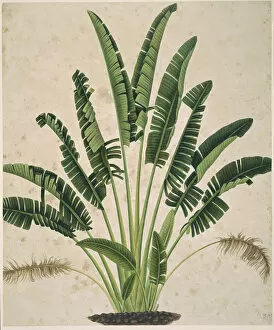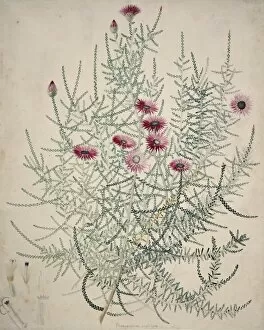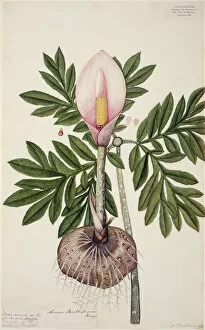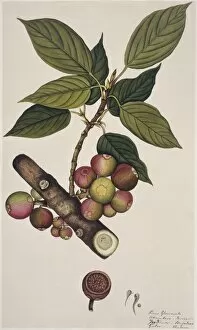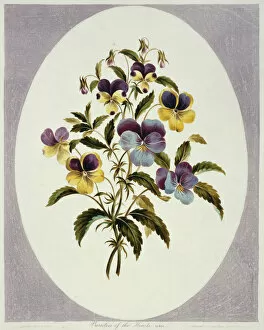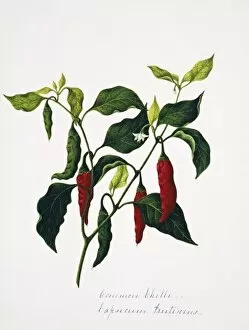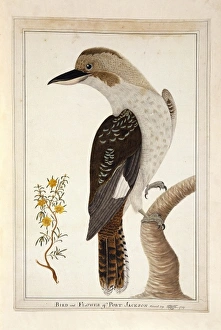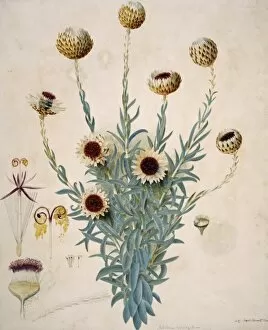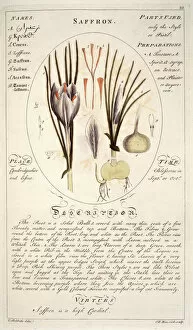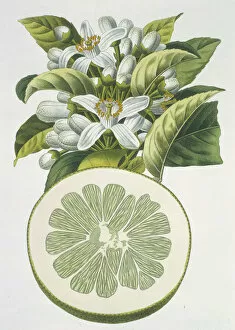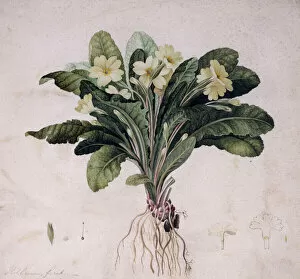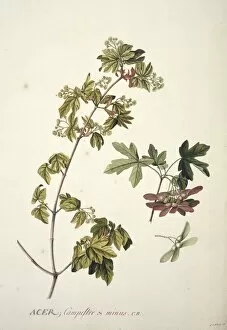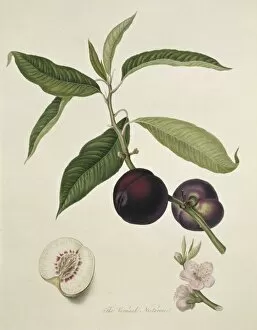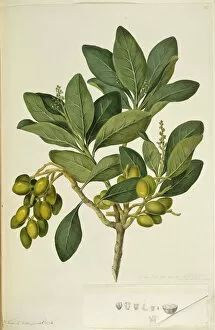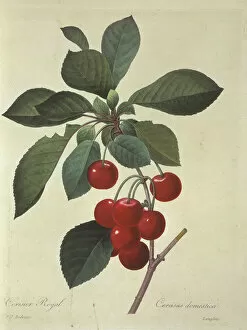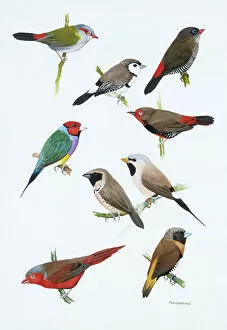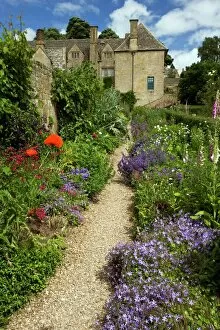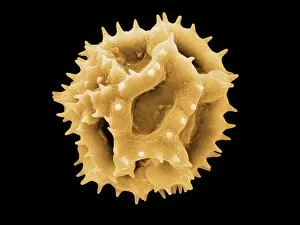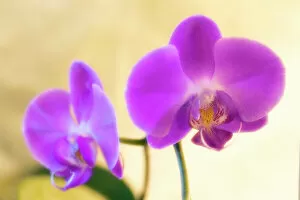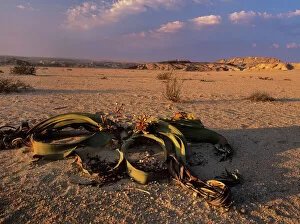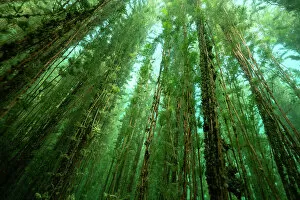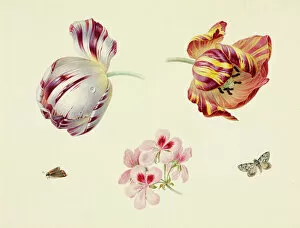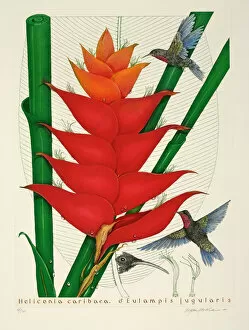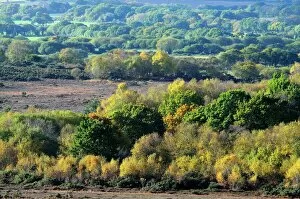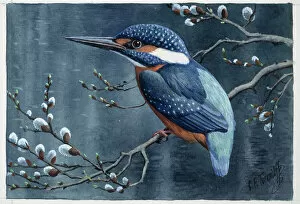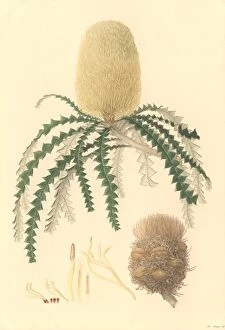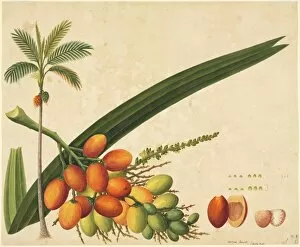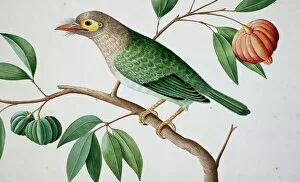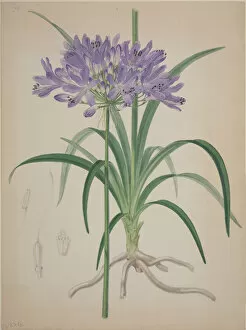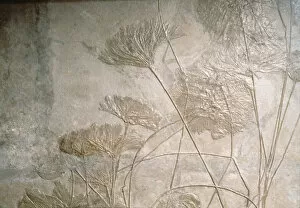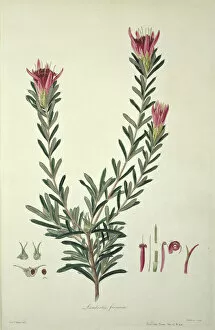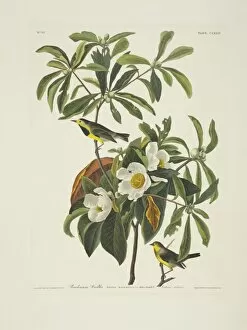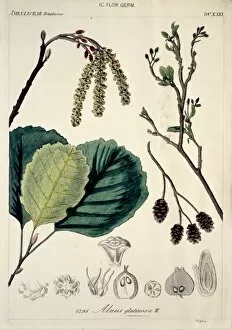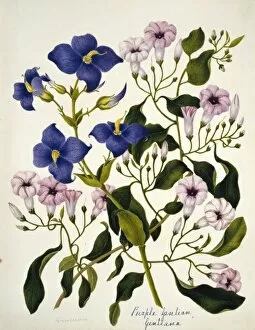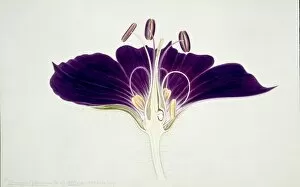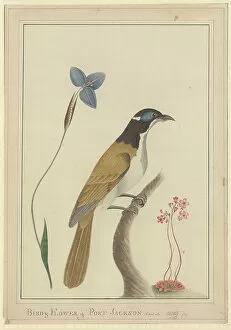Angiosperm Collection (#6)
Angiosperms, also known as flowering plants, encompass a diverse array of botanical wonders that grace our planet
For sale as Licensed Images
Choose your image, Select your licence and Download the media
Angiosperms, also known as flowering plants, encompass a diverse array of botanical wonders that grace our planet. From the elegant Franklinia alatamaha, commonly referred to as Franklinia, to the vibrant Hydrangea hortensis or French hydrangea, these angiosperms captivate us with their beauty. In serene landscapes like the Scottish Pine Forest or Lineover Wood in Gloucestershire UK, ancient Beech trees (Fagus sylvatica) stand tall and majestic. Their presence reminds us of nature's resilience and timelessness. As we wander through heathlands adorned with delicate Narcissus tazetta daffodils or marvel at Weeping Willows swaying gracefully in the breeze, it becomes evident that angiosperms have an enchanting ability to transform any environment into a picturesque scene. Underneath tranquil lakes like Ain in the Alps region of France lies another captivating sight: Water lilies (Nymphaea alba) blooming underwater. These ethereal flowers create a mesmerizing underwater view that leaves us breathless. Even insects are drawn to the allure of angiosperms. In Surinam's rich biodiversity hotspot, they flit from one flower to another, pollinating and perpetuating life within this intricate ecosystem. Gossypium barbadense or cotton plants remind us of humanity's reliance on angiosperms for sustenance and materials essential for our daily lives. They serve as a reminder of how deeply intertwined we are with these remarkable organisms. Whether submerged beneath crystal-clear waters or thriving amidst lush greenery on land, angiosperms continue to inspire awe and wonder wherever they bloom. With their vast diversity and undeniable beauty, they remind us why nature is truly an extraordinary masterpiece worth preserving for generations to come.

